
The Electric Wood Saw: A Modern Marvel
In the realm of woodworking, the electric wood saw has revolutionized the way we approach cutting and shaping wood. This powerful tool, driven by electricity, offers unmatched efficiency, precision, and versatility. From intricate carving to large-scale construction projects, the electric wood saw has become an indispensable asset for both professionals and DIY enthusiasts.
A Brief History of Electric Wood Saws
The history of the electric wood saw can be traced back to the early 20th century. As industrialization progressed, there was a growing need for a more efficient and powerful tool to replace traditional hand saws. The electric motor, a relatively new technology at the time, offered the potential to provide the necessary power.
Early electric wood saws were bulky and heavy, often requiring stationary setups. However, as technology advanced, these saws became more portable and user-friendly. Today, electric wood saws come in a wide variety of styles and sizes, each designed to meet specific needs and applications.
Types of Electric Wood Saws
There are several types of electric wood saws available on the market, each with its own unique features and benefits. Some of the most common types include:
- Circular saws: These saws have a circular blade that spins at high speeds, allowing for precise straight cuts. They are versatile tools that can be used for a variety of woodworking tasks.
- Jigsaws: Jigsaws have a reciprocating blade that moves up and down, making them ideal for cutting curves and irregular shapes. They are often used for intricate detailing and puzzle cutting.
- Reciprocating saws: These saws have a reciprocating blade that moves back and forth, making them suitable for cutting through thick materials and demolition work.
- Miter saws: Miter saws have a rotating blade that can be angled to make precise miter cuts. They are commonly used for cutting trim, molding, and framing materials.
- Table saws: Table saws have a circular blade mounted on a table, allowing for accurate and controlled cuts. They are often used for cutting large sheets of plywood and other materials.

Choosing the Right Electric Wood Saw
Selecting the appropriate electric wood saw depends on your specific needs and the types of woodworking projects you plan to undertake. Consider the following factors when making your decision:
- Power: The power of the saw, typically measured in amps, determines its ability to cut through different materials. More powerful saws are generally better suited for heavy-duty applications.
- Blade size: The size of the blade determines the maximum cutting depth and width. Larger blades are often used for cutting thicker materials, while smaller blades are more maneuverable for intricate work.
- Features: Some electric wood saws have additional features such as adjustable cutting depth, laser guides, and dust collection systems. These features can enhance your productivity and safety.
- Portability: If you plan to use your saw in different locations, consider the weight and portability of the tool. Cordless saws are generally more portable than corded saws.
Safety Tips for Using Electric Wood Saws
Electric wood saws are powerful tools that can be dangerous if not used properly. Always follow these safety guidelines:
- Wear appropriate safety gear: This includes safety glasses, hearing protection, and work gloves.
- Use a sharp blade: A dull blade can lead to binding and kickback, which can be dangerous.
- Secure your workpiece: Make sure your workpiece is securely clamped or held in place to prevent it from moving during the cutting process.
- Avoid touching the blade: Never touch the blade while it is spinning.
- Unplug the saw when not in use: This will help prevent accidental injuries.
Highlight the importance of following safety guidelines
Using an electric wood saw can be a dangerous task if safety guidelines are not followed. Accidents can occur, resulting in injuries or even fatalities. Here are some key reasons why it’s crucial to adhere to safety practices:
- Prevent Injuries: Following safety guidelines can significantly reduce the risk of injuries, such as cuts, lacerations, and burns. These injuries can be severe and may require medical attention.
- Protect Others: Accidents involving electric wood saws can also harm others nearby. By practicing safe procedures, you can protect your family, friends, and coworkers.
- Avoid Property Damage: Accidents can lead to property damage, such as damaging the saw itself or other tools and equipment. Following safety guidelines can help prevent these costly incidents.
- Ensure Optimal Performance: Safe use of an electric wood saw is essential for maintaining its optimal performance. Accidents and improper use can damage the saw, leading to decreased efficiency and increased maintenance costs.
- Comply with Regulations: In many jurisdictions, there are specific safety regulations regarding the use of power tools. By following these regulations, you can avoid legal issues and fines.
By prioritizing safety and following these guidelines, you can significantly reduce the risk of accidents and ensure a safe and enjoyable experience when using an electric wood saw.
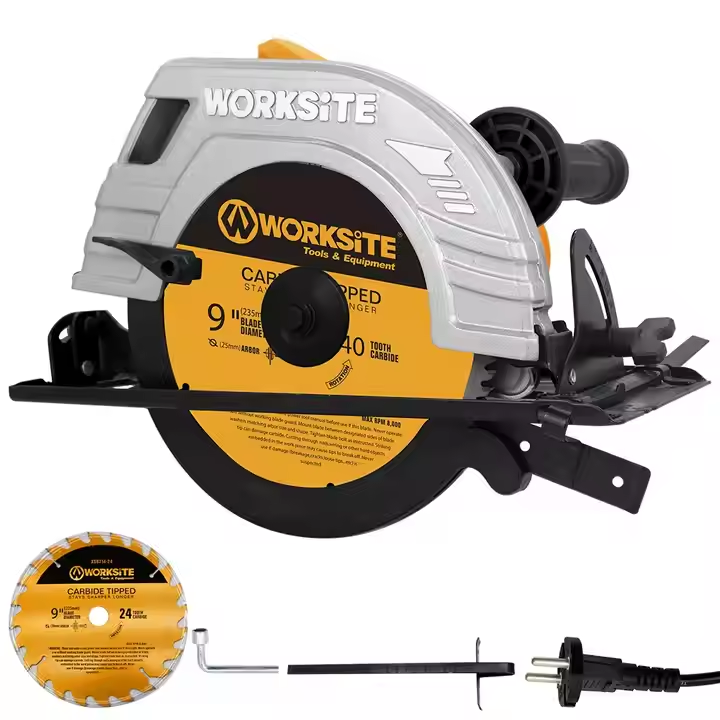
Maintenance and Care
Proper maintenance is essential for ensuring the longevity and performance of your electric wood saw. Follow these tips:
- Clean the saw regularly: Remove any sawdust or debris from the saw and its components.
- Lubricate moving parts: Apply a light lubricant to moving parts such as the blade arbor and guide rails.
- Inspect the blade for damage: Check the blade for cracks, chips, or other signs of wear. Replace damaged blades immediately.
- Store the saw properly: Store the saw in a dry, secure location when not in use.
Discuss best practices for maintaining and caring for an electric wood saw
Proper maintenance is crucial to ensure the longevity and optimal performance of your electric wood saw. Here are some best practices to follow:
Regular Cleaning
- Remove sawdust and debris: After each use, clean the saw thoroughly to remove sawdust, wood chips, and other debris. Use a brush or compressed air to clean the blade, motor housing, and other components.
- Clean the blade: A clean blade cuts more efficiently and accurately. Use a wire brush or a special blade cleaning tool to remove any pitch or gum buildup.
Blade Maintenance
- Inspect for damage: Regularly inspect the blade for cracks, chips, or other signs of wear. A damaged blade can lead to poor performance and safety hazards.
- Replace dull blades: Dull blades require more power to cut, which can strain the motor and lead to premature wear. Replace dull blades with new ones.
Motor Care
- Avoid overheating: Overheating can damage the motor and reduce its lifespan. Avoid overloading the saw or using it for extended periods without breaks.
- Check for loose connections: Ensure that all electrical connections are tight and secure. Loose connections can cause the motor to malfunction.
Storage
- Store properly: When not in use, store the saw in a dry, secure location. Avoid storing it in areas with extreme temperatures or humidity.
- Disconnect the power: Always disconnect the power cord before storing or transporting the saw to prevent accidental injuries.
Safety Precautions
- Wear protective gear: Always wear appropriate safety gear, including safety glasses, hearing protection, and work gloves, when using an electric wood saw.
- Secure your workpiece: Ensure that your workpiece is securely clamped or held in place to prevent it from moving during the cutting process.
- Avoid touching the blade: Never touch the blade while it is spinning.
By following these maintenance practices, you can help prolong the life of your electric wood saw and ensure that it continues to perform at its best.

The electric wood saw has become an indispensable tool for anyone who works with wood. Its versatility, power, and precision make it suitable for a wide range of applications, from simple DIY projects to professional woodworking tasks. By understanding the different types of electric wood saws, choosing the right tool for your needs, and following safety guidelines, you can harness the power of this modern marvel to create beautiful and functional woodworking projects.




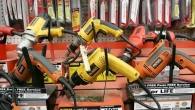
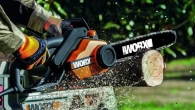
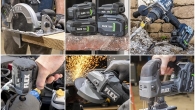
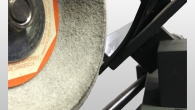
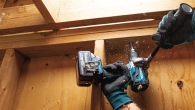



Leave a Reply